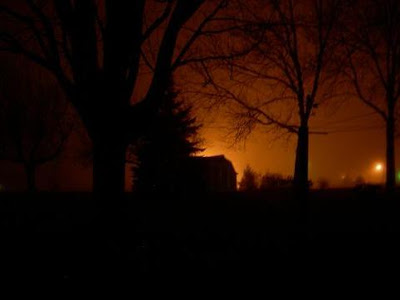
Photo: Donegal Browne
Out the Back Door
It is December and there is yet another thaw. Instead of squeaking snow, that in my grandparent's, and my great grandparent's time would have been the norm since well before Thanksgiving, there is rain and fog.
Before refrigeration or the canning process was discovered, in this part of the country, after most of the meat was harvested in a good year in late fall, the root crops stored in the basement, the ham and bacon hung to smoke, sausages ground, fish salted, a bit of fresh meat was often kept in an insulated box in the backyard.
No, not a Colman cooler but a wooden 'box" stuffed with straw, set in the ground in a shaded corner where the snow was last to melt. The meat stayed frozen under it's blanket of snow. Used for fresh mincemeat pie at Christmas, savory stews for special suppers, and broths for illness. And that meat stayed good with luck until the winter thaw, usually some time in February. In a year of bad harvests or ill luck, when food and fuel were sparse, February was the time when the old folks died and many a young baby succumbed to illness. In that month, it was felt the strength from that bit of fresh meat safely frozen until February's thaw could make all the difference between living and dying.
My Grandfather, who farmed in his youth, a lifelong watcher of the weather, the seasons, and even after he moved to town, raised geese and rabbits, fine strawberries and Shetland Ponies, was uneasy in his old age. Why were there so many thaws in winter suddenly.
Indeed why? After all, there is no proof that global warming exists, right?
Ask the polar bears and the folk who watch the seasons.
Donegal Browne

